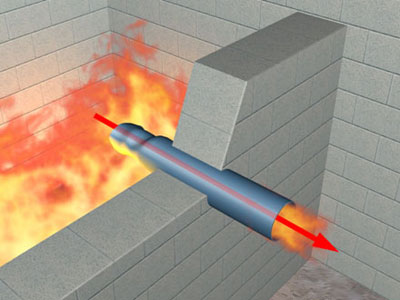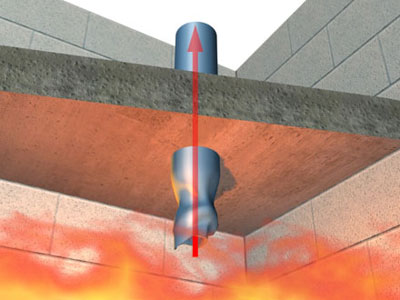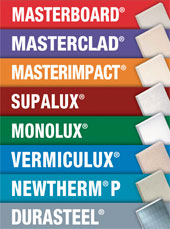
Technical Information
Why penetration seals demand more attention

The significance of premium quality penetration seals can never be overstated. Abundant empirical evidence points to a single, alarming fact...penetrations tend to be the weakest link in the chain of effective compartmentation in buildings of all types.
Penetration seals are indeed a vital partner to the fundamental principles of "compartmentation". A compartment is defined as "a building or part of a building, comprising one or more rooms, spaces or floor levels, constructed to prevent the spread of fire to or from another part of the same building, or an adjoining building".
It is therefore essential to be aware that, in most building "fire compartments", the most probable threat from the spread of fire and gases will likely occur where services penetrate walls or floors or where concealed cavities between separating elements interlink.
Unfortunately, the lack of seals, incorrect specification and improper installation are major factors contributing to the increasing incidence of large fires in buildings, old and new. Many of these conflagrations would not be so destructive if penetrations through compartment walls and floors had been adequately sealed against the passage of fire and smoke, or that seals had been properly specified from the outset.


